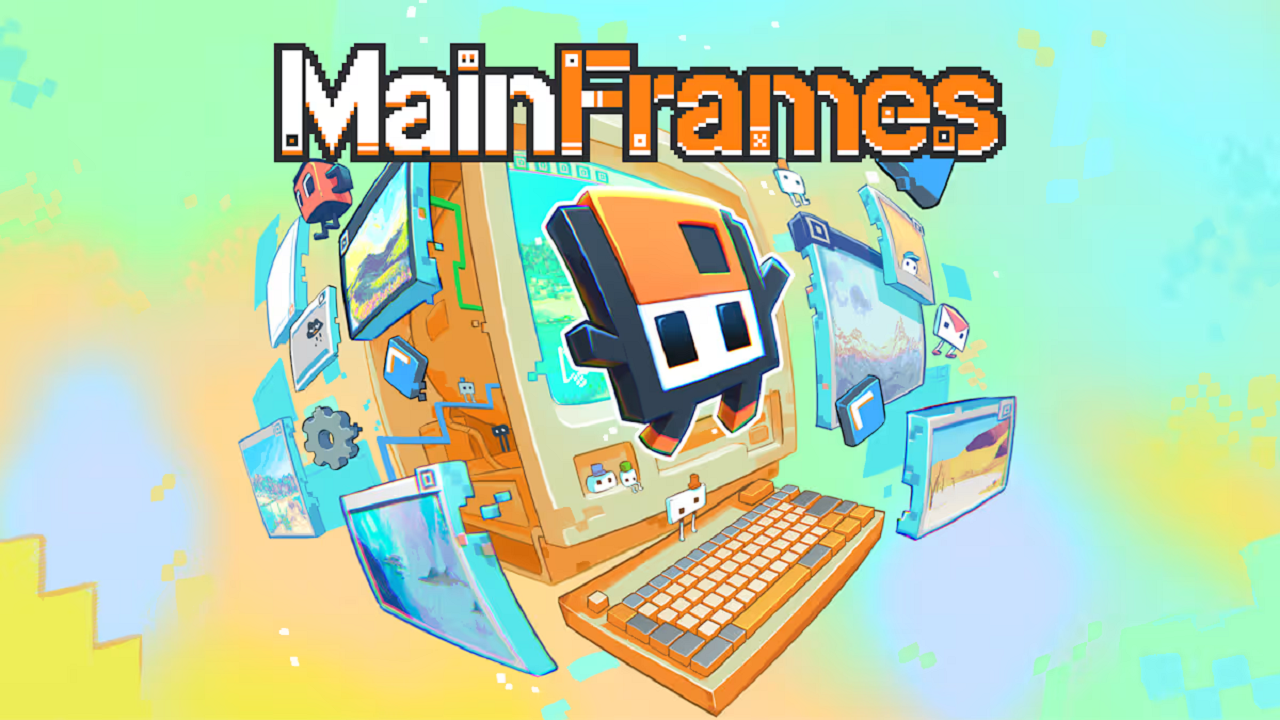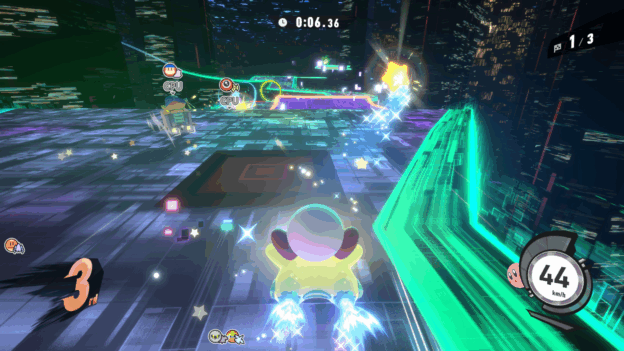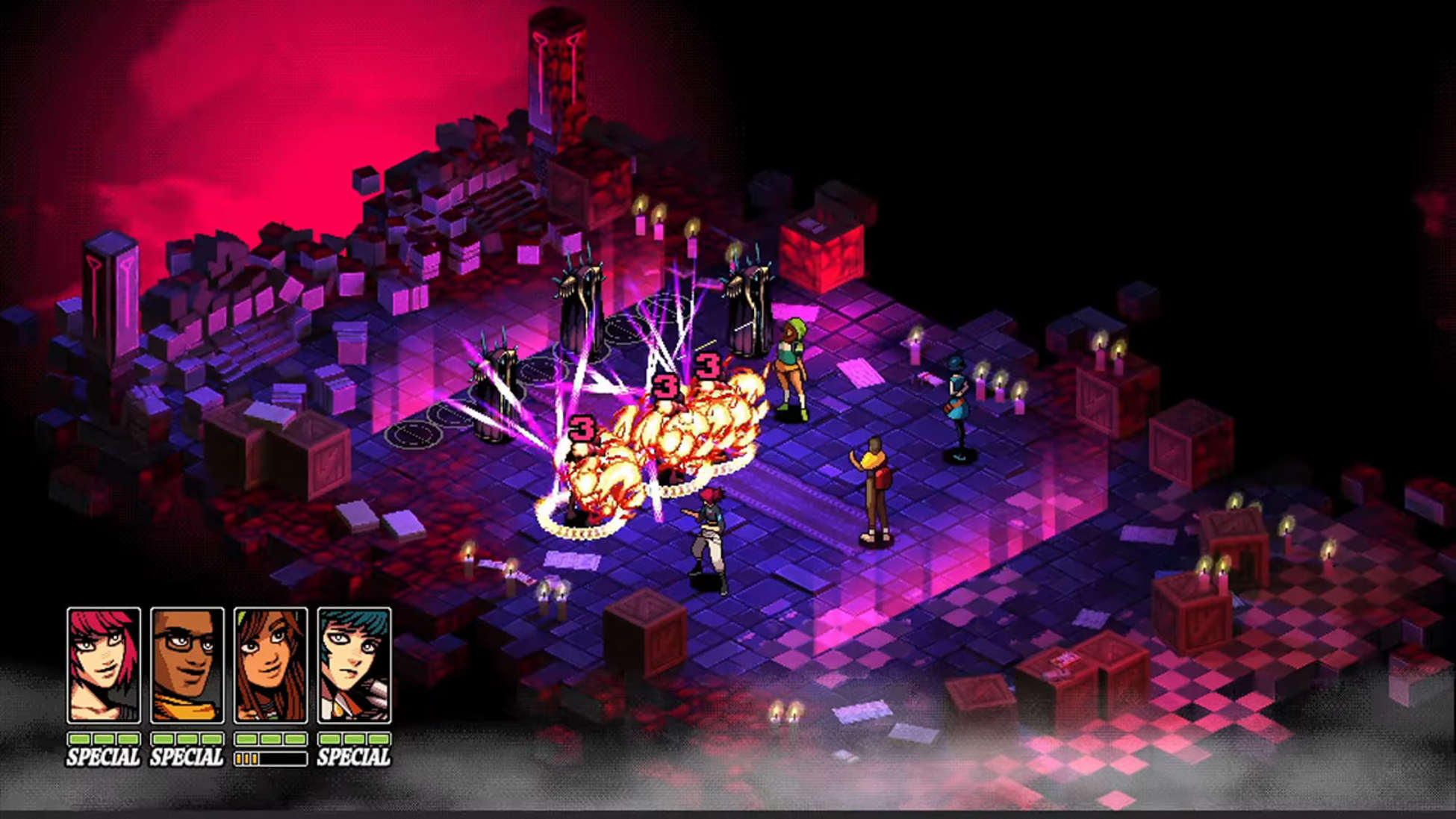Review: MainFrames (Nintendo Switch)

I give much credit to the PR crew of MainFrames…they do a darn good job selling this game. This marketing push makes it a real shame that most of the high expectations raised were not met, at least in my case. At its core, I frankly didn’t find this platformer all that clever. At times, I found it awkward and, even worse, dull more than I care to admit. So, despite multiple assurances, I was somewhat quick to “press the escape key” and “log off” after I played enough for review. Will that be the case for you?
I think the answer to that question depends on two things. First, if you are going into this game blind, with no expectations, I think that’ll help. But second, and perhaps more importantly, what era comes to mind when you think of platformers? If you think of the ’80s and ’90s like me, I can see MainFrames being MehFrames. But if you think of a more recent timeframe, say 2010 and beyond, you might genuinely click with what approaches a hodgepodge of ideas.
A puzzle platformer, MainFrames is described as a “cozy outing.” This more recent classification has crept into gamedom as players seemingly desire to add as many subgenres as possible. Cozy can (and does) mean wildly different things to different gamers. But I suspect the majority wouldn’t associate it with the precision platforming found in MainFrames.
In fairness, there are plenty of settings to reduce the challenge, from infinite jumps and spins to even invincibility. And you will be jumping a lot in this platformer, which nostalgically takes place inside a chunky pixel art computer monitor (think Thomas Was Alone, but not as good). The platforming itself is basic in a sense but far from simple—unless you tweak the accessibility settings to the extreme (which is understandably discouraged in-game). Still, the flexible approach for more forgiving platforming is admirable.
The first few screens teach you the minimum before leaving you to your own devices. Some controls seem unintuitive, though you can remind yourself what they are from the pause menu. The means to adjust them to your liking is appreciated; it’s something all games should have in this day and age.
In MainFrames, much of what appears on the early screens seems to reappear in later ones with only slight variations. Collectibles are easy to miss on the first pass, and without a record of them they’re even easier to overlook altogether, even for completionists. When fresh elements get introduced, while platform-like, they don’t always fit within the world presented. At times—such as during some screen transition attempts—I couldn’t tell if the game was glitching or if a design choice was intentional. One example is the respawn system, which often feels nonsensical. Sometimes, it’s easier to attempt a jump knowing I’ll fail because the game will respawn me right next to the exit.
The overall impression Mainframes leaves me with is one of muddledness, albeit executed with a sincere passion. It throws in ideas about platforming, collecting, and environmental manipulation. But maybe some of the excess should’ve been left on the cutting room floor so the rest could be more polished and its potential better realized. While I admit a measure of satisfaction in getting past the trickiest parts, there is nearly equal amounts of relief, which is not a good ratio. The difficulty spikes (even with accessibility options) never feel “cozy.”
For an old-school platformer fan like me, MainFrames overstayed its welcome, even with its old-school aesthetics (save the lo-fi music). But I could see this becoming something of a cult classic for newer platformer fans who are more comfortable with its mix of experimental approaches.




